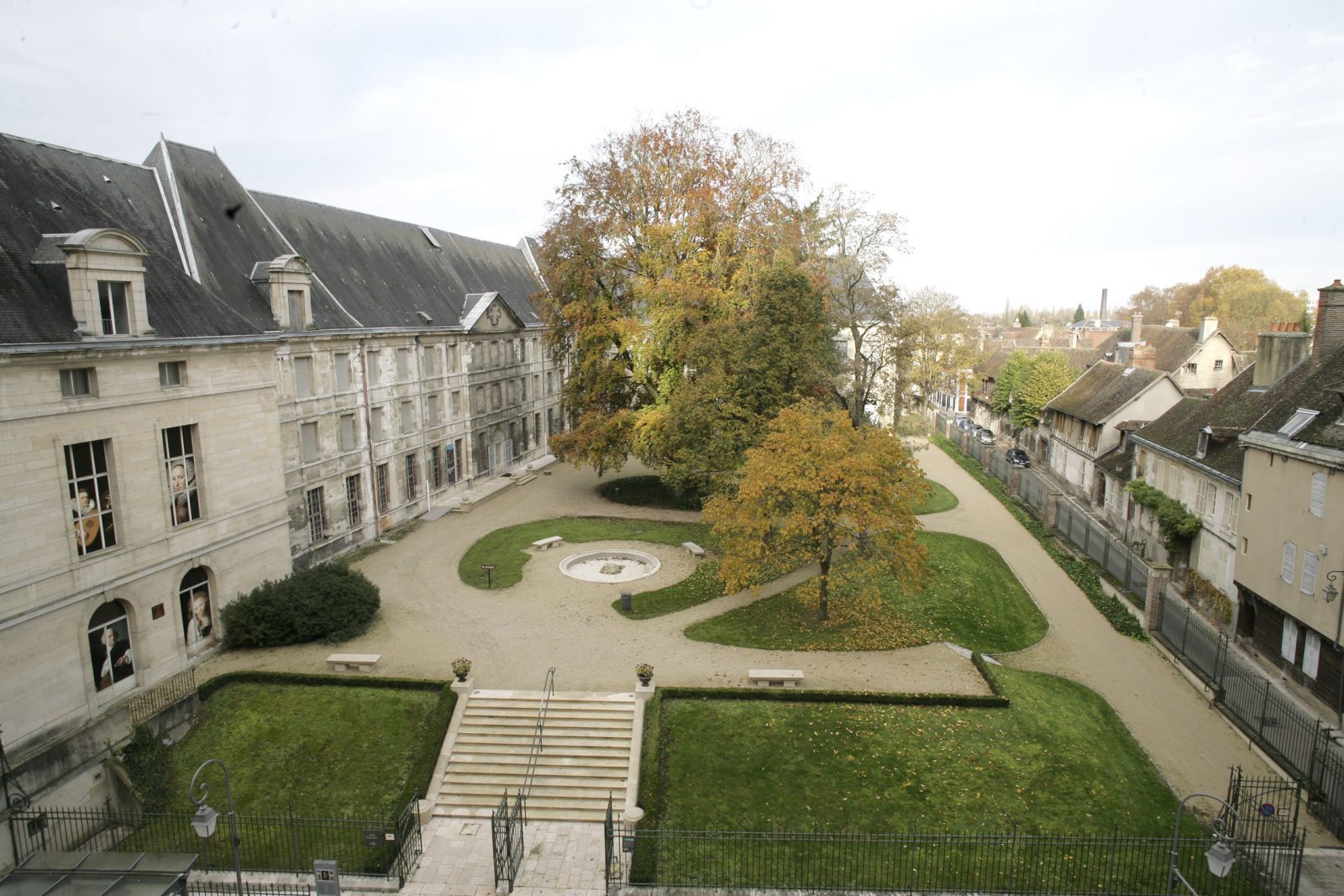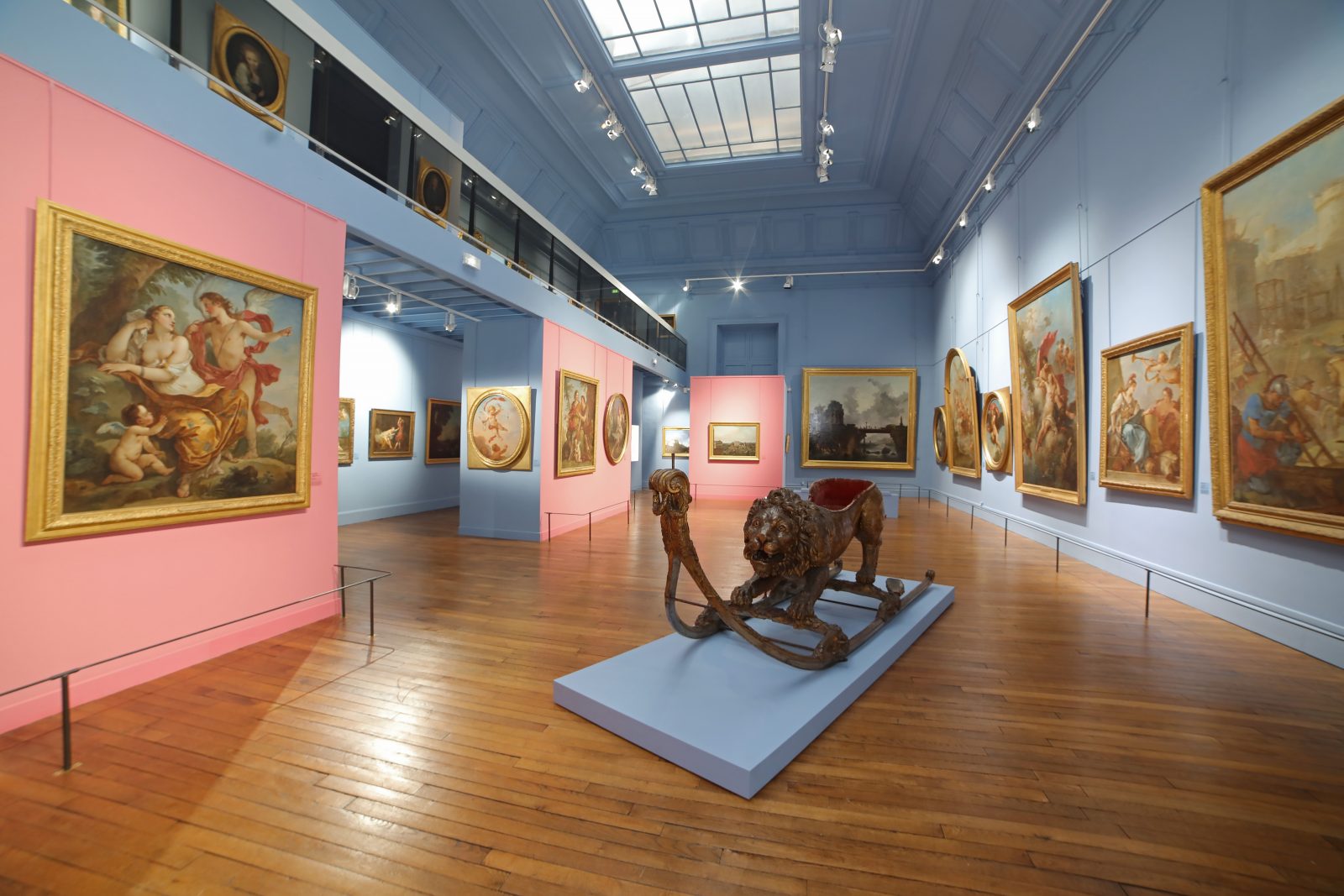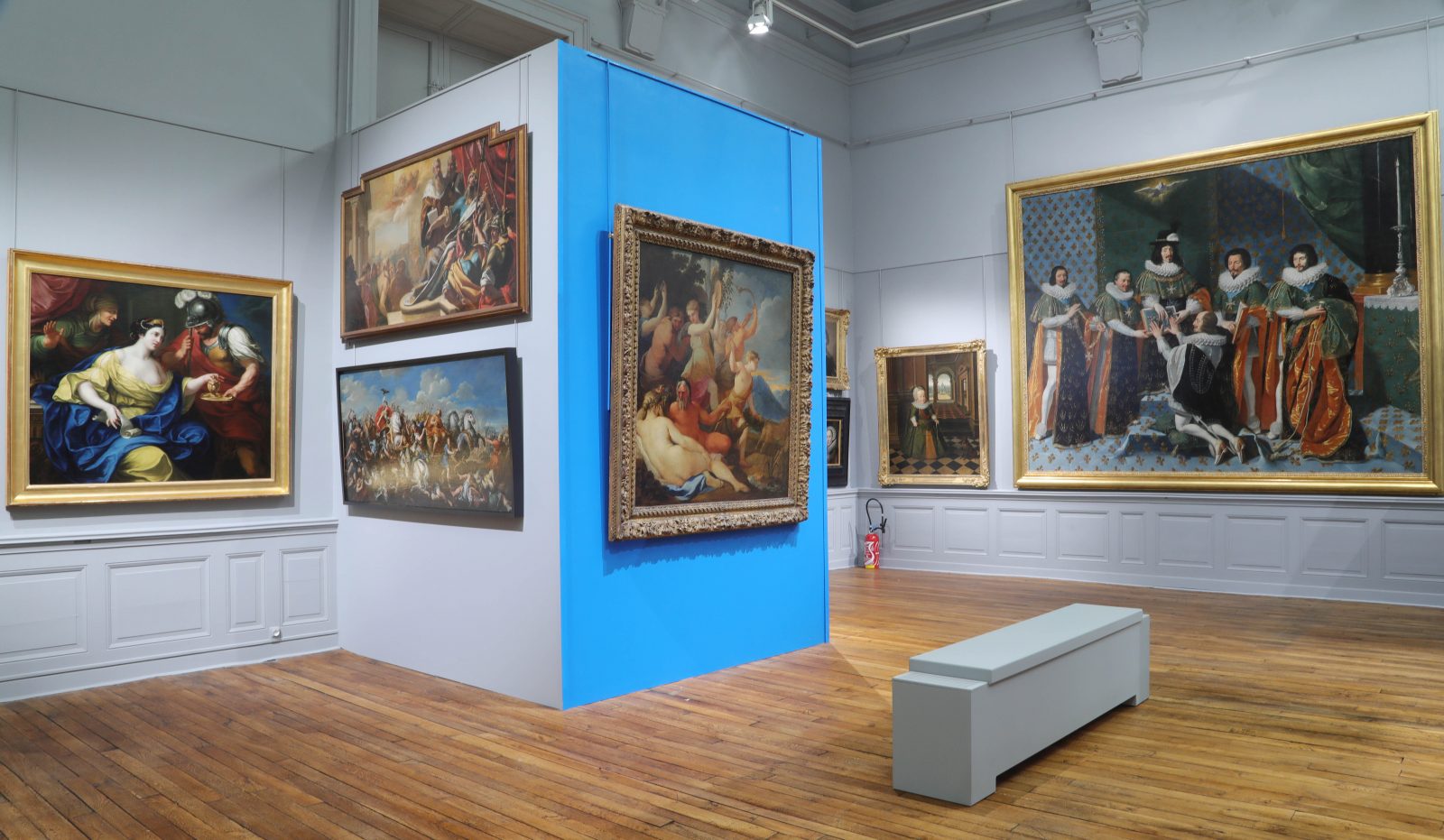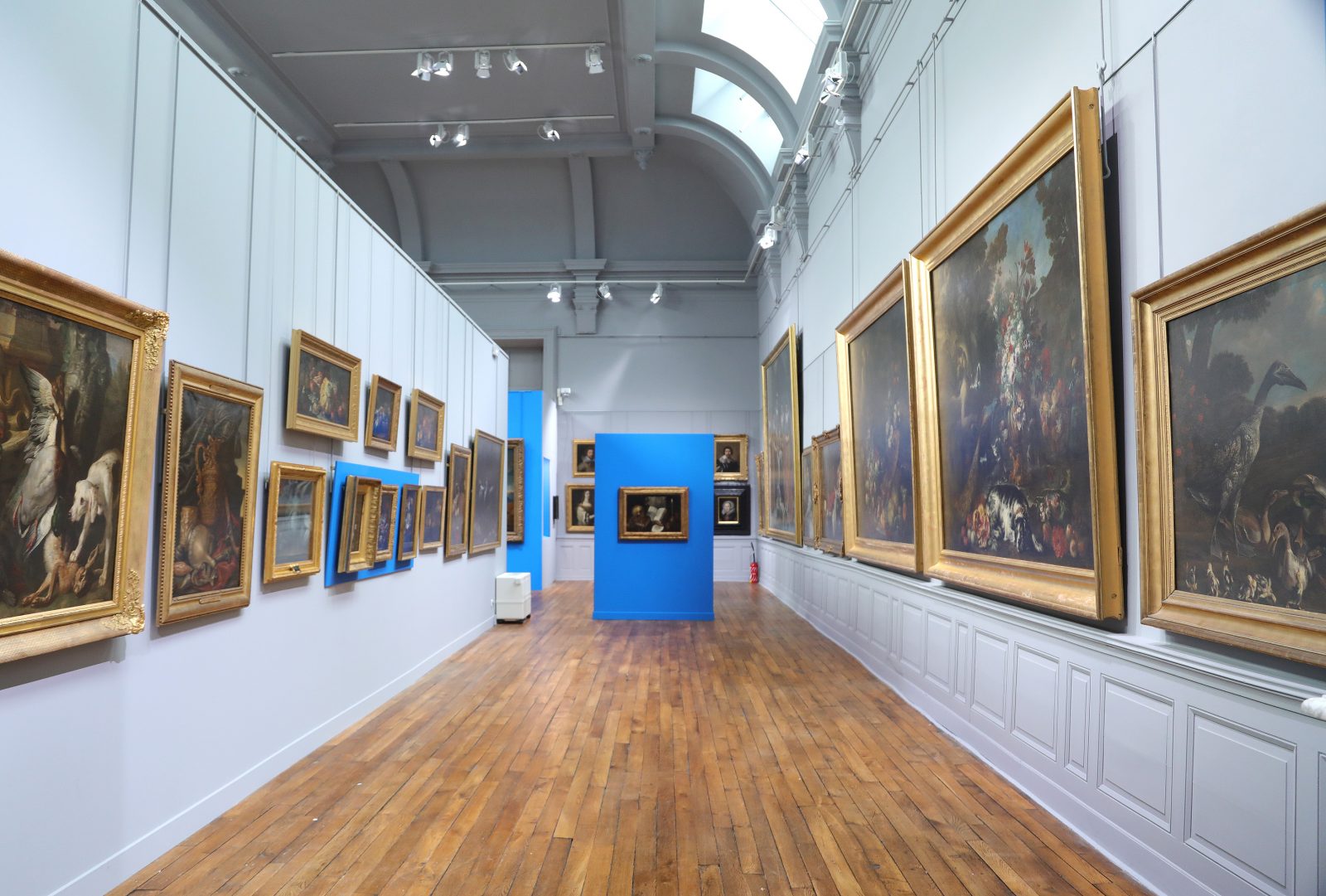About
Near the cathedral, the former Saint-Loup Abbey, founded at the dawn of the Middle Ages and now rebuilt, houses the Musée des Beaux-Arts et d'Archéologie.
The collections of the Musée des Beaux-Arts originated from the confiscations during the Revolution.
They were brought together in two locations: Notre-Dame-aux-Nonnains Abbey, now the Aube Prefecture, and Saint-Loup Abbey.
Of the confiscations, the most important was undoubtedly that of the Chapelle-Godefroy complex, which belonged to Philibert Orry (1689-1747), Controller General of Finances and Director of the King's Buildings (Natoire, Boullogne, Desportes, Boucher, Castelli, Hubert Robert and Watteau).
Other large residences produced essential works: the Château de Pont-sur-Seine (Bellotto, Champaigne), the Château de Saint-Liébault (busts by Girardon).
At the same time, confiscations from religious communities have enriched the collection with works, mostly by 17th century Trojan artists (Jacques de Létin).
The idea of opening the museum came from the Société Académique de l'Aube. It did so from 1826 to 1831, the date of the official inauguration. It ran the museum for over a century, before handing it over to the City of Troyes in the aftermath of the Second World War.
In 1833, the first major donation to the museum came from the Langrois painter Dominique Morlot, who bequeathed 46 paintings by Vernet, Allegrain and Tassel.
Other donations have added to the collections: Joseph Audiffred (Rubens, Hudson), Charles des Guerrois, Albert Mérat, Madame Mitantier, the Sardin family and the Friends of the Museums, who have significantly enriched the collections (Lhomme, Picart, Baudesson, Mignard, van Lint, van Bijlert, etc.).
Finally, the museum benefits from prestigious deposits, notably from the Louvre (Mignard, Le Brun, Vasari).
Classification & labels
- Bad weather alternative
Languages
- English
Opening
Opening from 01 April 2025 to 31 October 2025
Exceptional(s) closure(s)
- 01/01/2025
- 01/05/2025
- 01/11/2025
- 11/11/2025
- 25/12/2025
Rate
| Rate | Min. | Max. |
|---|---|---|
| Adult | Min: 7€ | Max: 7€ |
| Group adults Groups (over 12 people) | Min: 4€ | Max: 4€ |
Free admission for all, on the 1st Sunday of each month. Free admission for Troyens on the 1st Saturday of each month (on presentation of the Pass'Troyen).
Free admission (on presentation of proof): young people under 26, jobseekers, disabled people and accompanying persons, ICOM, journalists, tour guides.
Payment
- Check
- Cash
- Bons CAF
- Bank/credit card
Services
Services
- Educational visits
- Guided tours
Activities
- Temporary exhibition
- Activity
- Children's entertainment





